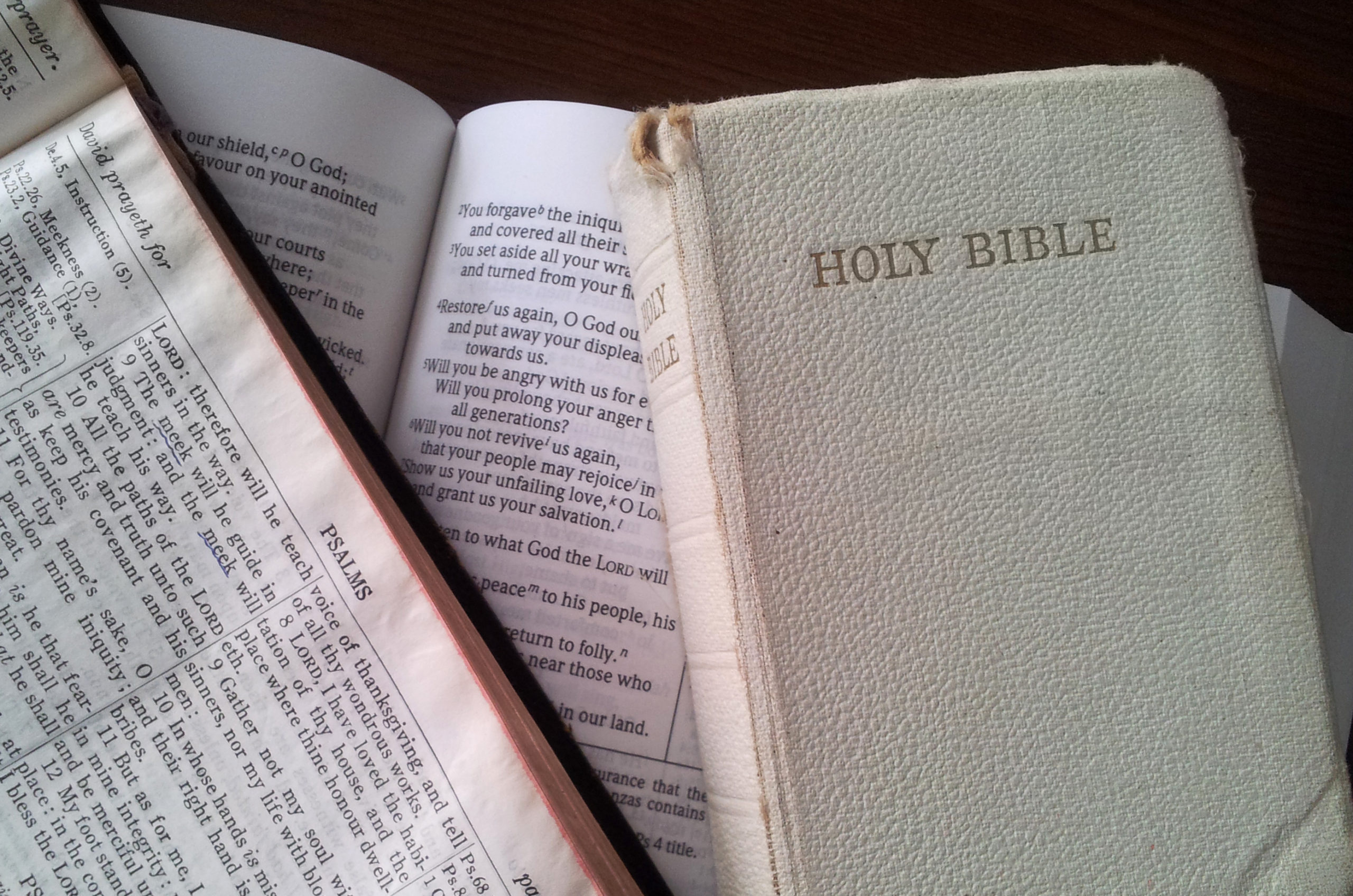The Book of Ruth is a beautifully written narrative that brings to light the redemptive nature of God, as seen through the lives of two women of vastly different backgrounds – Ruth, a Moabite, and Naomi, an Israelite. Through this story, God’s love and grace extends beyond the boundaries of ethnicity, religion, and social status. God offers Salvation and a new identity to all who believe in Him. Thus the book is a chronological, genealogical, and thematic link to the coming New Testament Gospels.
Background behind the Book of Ruth
The narrative takes place during a time of social, economic, and spiritual decline for the Israeli people. Famine struck their land, causing many to leave their homes in search of sustenance. Naomi, along with her husband and two sons, left Bethlehem to seek refuge in Moab.
In Moab, Naomi’s sons marry two Moabite women – Ruth and Orpah. Tragically, both of her sons die, leaving behind the three widows. Naomi decides to return to Bethlehem, urging her daughters-in-law to return to their families in Moab and remarry. After some convincing, Orpah leaves to return to Moab. Ruth, however, chooses to stay with her mother-in-law. She declares her loyalty and love for her with the famous words, “Where you go, I will go; where you stay, I will stay. Your people will be my people, and your God will be my God.” (Ruth 1:16).
Redemption in the Book of Ruth
Ruth’s commitment to Naomi and her God is a beautiful illustration of the redemptive work of God in the lives of those who believe in Him. Ruth’s choice to leave her family, culture, and religion to follow Naomi and her God was a powerful statement of faith and trust in the One to come. Her actions demonstrate the transformative power of God’s love. God’s love breaks down the barriers separating people and draws them together into a new family of believers.
Ruth’s story highlights the significance of women and kinsman-redeemers in Jewish society and culture. Ruth was a stranger and an outsider to the people of Bethlehem. Through her marriage to Boaz she becomes a part of the community and is welcomed into the family of God. Boaz, a relative of Naomi’s deceased husband, hints at the coming Messiah. His behavior redeems Ruth and secures her place in God’s family.
This redemptive aspect of the Book of Ruth is further emphasized by its placement in the Biblical canon. It is one of the Old Testament books that points towards the coming of Jesus Christ. In Jesus, we see ultimate fulfillment of the role of kinsman-redeemer. He saves us from our sins and make us part of His family. Through His death and resurrection, He reconciled us to God. This makes possible our adoption into the family of God, regardless of background, ethnicity, or religion.
God’s Transformative Love
Ruth is a beautiful and illustrative Book of the redemptive and transformative nature of God’s love. Through this story, we see God’s love and grace extend beyond boundaries of ethnicity, religion, and social status. God offers salvation and a new identity to all who believe in Him. This narrative reminds us of the central message of the gospel. Through faith in Jesus Christ, we can be redeemed into God’s family, experiencing the fullness of His love and grace.

One response to “Uncovering Redemptive Love in the Book of Ruth”
[…] Another example of foreshadowing can be found in the story of Jonah’s mission to Nineveh. In Jonah 3:5-6, we read, “The people of Nineveh believed God. They proclaimed a fast and everyone, great and small, put on sackcloth. When the news reached the king of Nineveh, he rose from his throne, took off his royal robes, covered himself with sackcloth and sat down in the dust.” This response of repentance and humility is echoed in the Gospels, where we see people responding in a similar way to the message of Jesus. Coincidentally there is a similar example of redemptive love found in the book of Ruth. […]